Topological materials, like topological insulators and topological Weyl semimetals, are a new classes of matter with unusual electronic properties: Weyl semimetals have Weyl points in their bandstructures, around which electrons behave as massless chiral particles (similar to neutrinos). Topological insulators are insulators in the bulk but have highly conducting massless helical electrons on their surfaces or edges.
One way to synthesise these new topological materials is by depositing them on suitable substrates, literally one atomic layer at a time, via molecular beam epitaxy (MBE). This technique, available in our labs, allows for the growth of *virtually* perfect, large-area epitaxial crystals, ready to unravel all of their unique properties.
In this project you will focus on the Weyl semimetal WTe2, which is expected to be a topological insulator when thinned to one atomic layer. You will uncover the interplay between atomic species to optimize the growth recipe, and this will involve preparing substrates and performing growths. During growth you will utilize in-situ diffraction techniques to confirm crystallinity and sample quality. After successfully growing these materials low-temperature scanning tunneling microscopy (STM) will be employed to study the electronic properties, complemented (time permitting) by photoemission measurements to be carried out both at Monash University and at the Australian Synchrotron.
If you have any questions, please contact Dr Iolanda Di Bernardo at iolanda.dibernardo@monash.edu, Dr Mark Edmonds at mark.edmonds@monash.edu or Prof. Michael Fuhrer at michael.fuhrer@monash.edu.
See https://www.monash.edu/science/schools/physics/honours/honours-project to apply.

